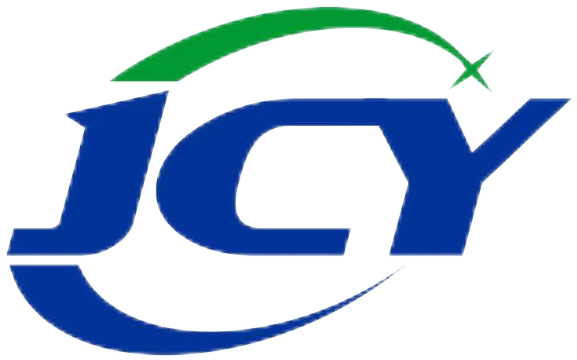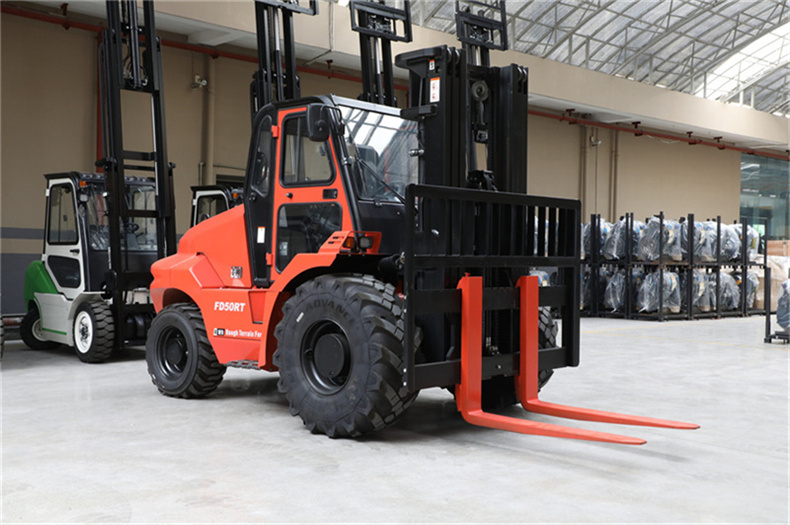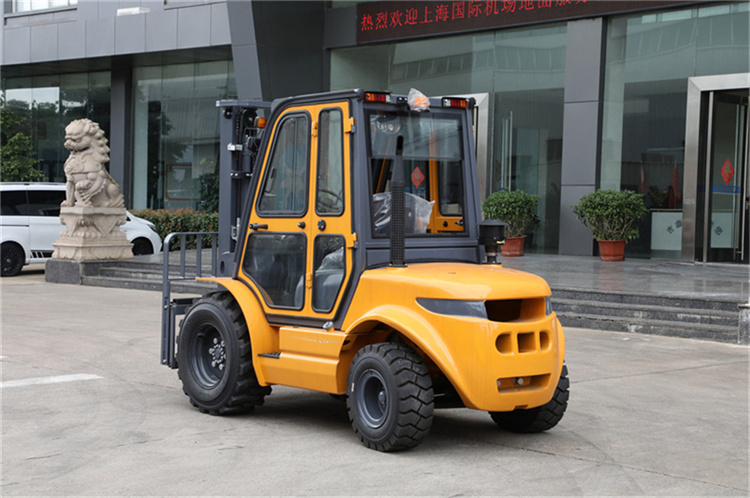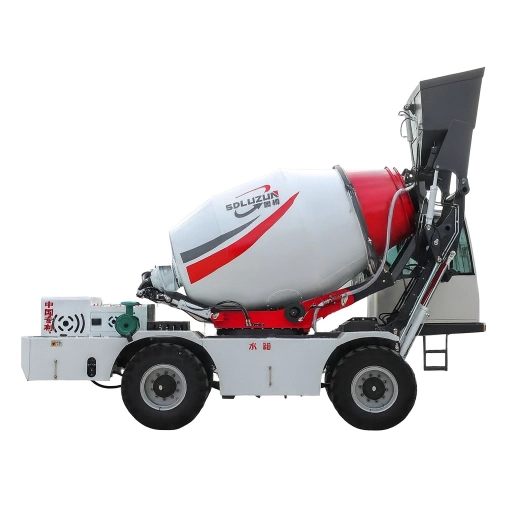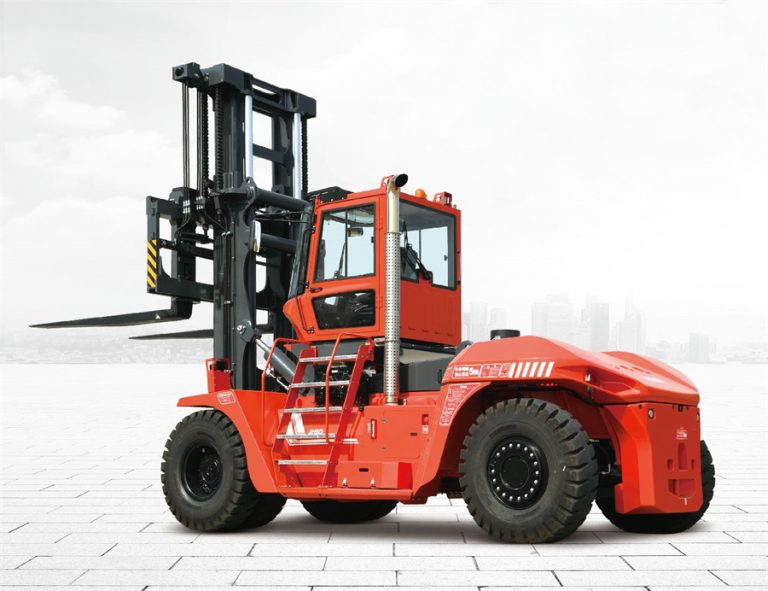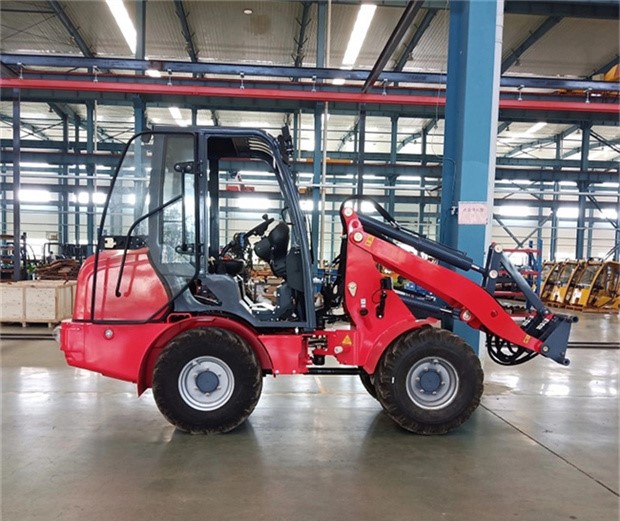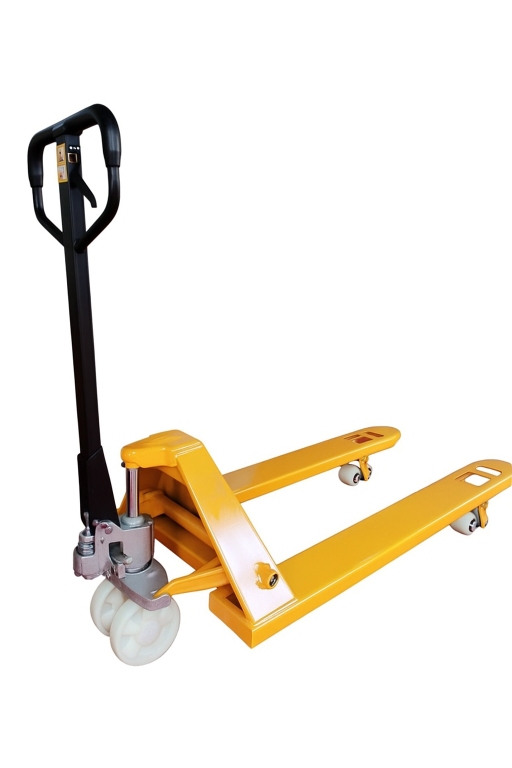Ever been on a construction site where the ground’s more like a battlefield than a smooth floor? Muddy ruts, loose gravel, uneven slopes – yeah, that’s the real world for a lot of heavy-duty jobs. Picking the right machine can make or break your day. Today, we’re diving into the showdown between rough terrain forklifts and telehandlers. Both are beasts for outdoor work, but they shine in different spots. If you’re managing a farm, building a warehouse, or hauling materials in the lumberyard, this guide will help you figure out which one’s your best bet. We’ll keep it straightforward, with real-world examples and tips from the field.
Understanding Rough Terrain Forklifts
Rough terrain forklifts are like the off-road trucks of the material handling world. Built tough for spots where regular forklifts would just spin their wheels and call it quits. Think about a 2.5-ton model tackling a farm – it’s got to lift hay bales over bumpy fields without tipping or getting bogged down.
These machines come with high ground clearance, usually around 12-15 inches, to hop over rocks and debris. Their tires? Big, knobby pneumatic ones that grip like crazy on mud or gravel. Engines are often diesel-powered for that raw torque – we’re talking 50-80 horsepower on mid-range models, enough to haul 3 tons up a slope without breaking a sweat.
Key features include:
- Load capacitiesranging from 2.5 to 5 tons, perfect for heavy pallets or equipment.
- Drive options: 2WD for lighter duties on semi-rough ground, or 4WD for serious off-road action.
- Hydraulic systemsthat let you lift smoothly, even on inclines.
- Safety perkslike rollover protection and stability indicators – because nobody wants a load dumping on their head.
I’ve chatted with operators who swear by these on construction gigs. One guy told me about using a 3.5-ton rough terrain forklift to move steel beams across a rainy site. “It just powers through,” he said. No fancy bells, but it gets the job done reliably. Data from industry reports shows these forklifts cut downtime by up to 20% in outdoor settings compared to standard models, thanks to their rugged frames.
What Exactly is a Telehandler?
Now, shift gears to telehandlers – short for telescopic handlers. These are the Swiss Army knives of lifting equipment. Picture a forklift that decided to grow a boom arm like a crane. They extend outwards and upwards, reaching places a straight-mast forklift can’t touch.
A typical telehandler might lift 3-4 tons at ground level, but that capacity drops as the boom stretches – say, down to 1 ton at full extension of 20-30 feet. They’re diesel-fueled too, with engines pushing 70-100 horsepower. Four-wheel drive is standard, and they often have crab steering for tight maneuvers.
Standout traits:
- Boom extension: Reach up to 40 feet high or 20 feet out, great for stacking on scaffolds.
- Attachments galore: Swap forks for buckets, hooks, or even platforms – one machine, many jobs.
- Versatility: Handles rough ground, but with a focus on height and reach over pure lifting power.
- Cab comfort: Enclosed options with AC, because who wants to sweat through a long shift?
Telehandlers pop up in agriculture for loading silos or in building for placing materials on upper floors. Remember that time a buddy of mine used one to hoist roofing supplies three stories up? Saved hours compared to a crane rental. But here’s a quirky side note – they’re sometimes called “zoom booms” in the Midwest, which always cracks me up. Stats wise, telehandlers can boost productivity by 30% on multi-level sites, per construction efficiency studies.
Key Differences: Side-by-Side Comparison
So, how do they stack up? Let’s break it down in a table for clarity. This isn’t just theory; it’s based on what you’ll see on actual job sites.
| Feature | Rough Terrain Forklift | Telehandler |
| Primary Function | Lifting and transporting on rough ground | Extending reach for high or distant loads |
| Load Capacity | Consistent 2.5-5 tons at all heights | 3-4 tons base, decreases with extension |
| Reach/Height | Limited to mast height (10-15 ft) | Boom extends 20-40 ft high/out |
| Maneuverability | Excellent on uneven terrain, tight turns | Good, but longer boom can limit in confined spaces |
| Attachments | Mostly forks, some clamps or sideshifters | Highly versatile: buckets, winches, platforms |
| Cost | Generally lower upfront and maintenance | Higher due to complex hydraulics |
| Best For | Ground-level heavy lifting outdoors | Multi-tasking with height needs |
The big takeaway? Rough terrain forklifts are your go-to for brute strength and stability on the ground. Telehandlers win when you need that extra arm length. But don’t overlook fuel use – telehandlers guzzle more on extended booms, adding 10-15% to daily costs in some cases.
When a Rough Terrain Forklift Fits Your Project
Picture this: You’re on a lumberyard with stacks of timber scattered over hilly, gravel-strewn land. A rough terrain forklift shines here. Its 4WD digs in, and that reinforced frame handles the bumps without complaint.
Choose one if:
- Your site is all about rough, unpaved surfaces – farms, quarries, or outdoor warehouses.
- Loads are heavy but stay low: Think 4-ton models moving concrete blocks.
- Budget’s tight: They’re cheaper to buy and run, with parts easy to source.
- You need reliability in mud or snow – those big tires prevent slips that could halt work.
From experience, these are lifesavers in agriculture. A 5-ton unit can haul feed across a soggy field without sinking, keeping operations rolling even after rain. Industry data backs it: Rough terrain forklifts reduce accident rates by 15% in outdoor settings due to better traction.
Oh, and a quick tangent – ever tried operating one in the early morning fog? Visibility’s key, so models with good cab views make a huge difference.
When to Opt for a Telehandler Instead
Flip the script: Your project’s a high-rise build, or you’re stocking shelves in a massive barn. Telehandlers rule with their reach. Extend that boom to place bricks on a second-floor scaffold – no ladder climbing needed.
Go for it when:
- Height is crucial: Roofing, tree trimming, or installing signs.
- One machine for multiple tasks: Dig with a bucket, lift with forks, hoist with a winch.
- Terrain’s rough but you need flexibility: Construction sites with varying elevations.
- Speed matters: Quick attachment swaps cut setup time.
In warehousing expansions, telehandlers load trucks from afar, saving steps. One report I read noted they slash labor hours by 25% on vertical jobs. But watch the stability – fully extended, they’re tippy on slopes. That’s why training’s non-negotiable.
Factors to Weigh Before Deciding
No one-size-fits-all here. Assess your project like this:
- Terrain Type: Super rugged? Forklift. Mixed with heights? Telehandler.
- Load Details: Heavy and ground-based? Forklift. Lighter but elevated? Telehandler.
- Budget and Upkeep: Forklifts are simpler, cheaper long-term. Telehandlers demand more skilled maintenance.
- Team Skills: If your crew’s forklift-savvy, stick with it. Telehandlers need boom-handling know-how.
- Rental vs. Buy: Test-drive both – many dealers offer demos.
Factor in downtime too. A mismatched machine could cost you days. And hey, environmental regs are tightening; check emissions on diesel models.
Introducing JinChengYu FORKLIFT as Your Rough Terrain Forklift Supplier
If a rough terrain forklift sounds like your match, check out JinChengYu FORKLIFT. Based in Qingdao, China, they’ve been in the game since 2002, exporting to over 50 countries with a focus on durable, reliable gear. Their lineup includes 2.5-ton 2WD models for lighter farms up to 5-ton 4WD beasts for heavy construction. What sets them apart? Full product ranges from 1-48 tons, plus custom options like paper roll clamps. They’ve got cases from power plants using their LPG units to farms relying on rough terrain models. Quality checks before shipment ensure you get a machine ready to roll. They’re all about building partnerships – mix orders are fine, and they handle logos or designs if needed.
Conclusion
Wrapping this up, the choice between a rough terrain forklift and a telehandler boils down to your project’s demands. If it’s about tough ground and heavy lifts, the forklift’s your sturdy companion. For reach and versatility, the telehandler steps up. Either way, picking right boosts efficiency and safety. Take stock of your site, crunch the numbers, and you’ll be set.
FAQs
What’s the main difference in load handling between a rough terrain forklift and a telehandler?
A rough terrain forklift keeps its full capacity – say, 3.5 tons – steady across its lift height, ideal for consistent heavy work on uneven ground. Telehandlers lose capacity as the boom extends, so they’re better for lighter loads at height.
How does terrain impact the choice of rough terrain forklift vs. telehandler?
On super bumpy or muddy sites, a rough terrain forklift with 4WD grips better for ground-level tasks. Telehandlers handle rough spots too but excel when you need to reach over obstacles or up high, like in construction with varying levels.
Are rough terrain forklifts more cost-effective than telehandlers for small projects?
Yeah, often they are. With lower upfront costs and simpler maintenance, a rough terrain forklift suits budget-conscious jobs like farm hauling. Telehandlers cost more due to their boom tech, but they pay off if you’re swapping tasks frequently.
Can a telehandler replace a rough terrain forklift entirely?
Not really – it depends. A telehandler’s versatile, but for pure heavy lifting on rough terrain without much reach needed, a dedicated rough terrain forklift is more stable and efficient. Mix ’em if your project demands both.
What safety features should I look for in a rough terrain forklift vs. telehandler?
Both need rollover protection and stability systems. Rough terrain forklifts emphasize traction and braking for slopes, while telehandlers add boom locks and load indicators to prevent tips during extension. Always prioritize operator training.
